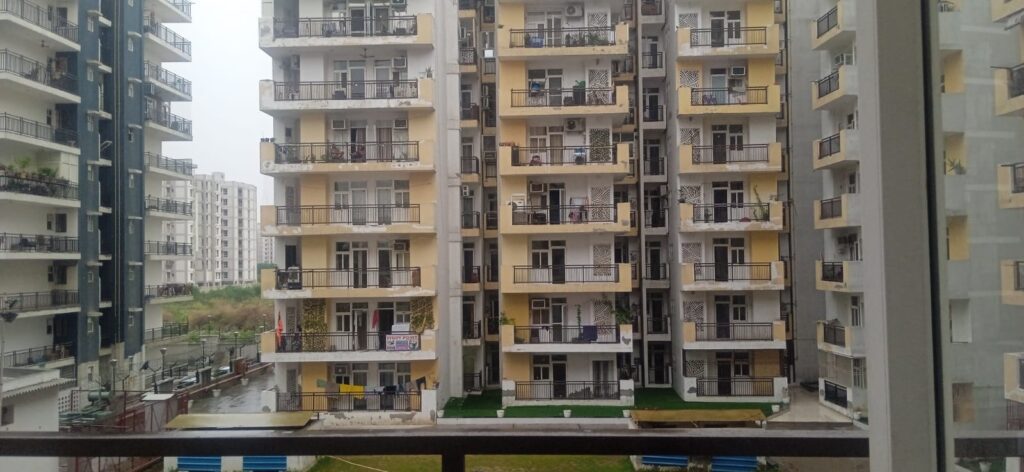Table of Contents
ToggleIntroduction
Selling your home can be both exciting and challenging, and one of the most critical aspects of the process is pricing it correctly. Setting the right price can make the difference between a quick sale and a property that lingers on the market. Here’s a comprehensive guide to help you price your home effectively.
1. Understand the Market Conditions
The first step in pricing your home is understanding the current real estate market conditions. Market dynamics can vary widely based on location, economic factors, and local demand.
-
Buyer’s Market vs. Seller’s Market: In a buyer’s market, there are more homes for sale than buyers, which can drive prices down. In a seller’s market, demand exceeds supply, often allowing sellers to price higher.
2. Research Comparable Sales (Comps)
Comparable sales, or “comps,” are recent sales of similar homes in your neighborhood. To find accurate comps:
-
Look for Similarities: Focus on homes with similar square footage, age, and features.
-
Recent Sales: Prioritize sales within the last 3-6 months for the most relevant data.
-
Adjust for Differences: Make adjustments for any differences in size, condition, or upgrades.
3. Get a Professional Appraisal
A professional appraisal provides an unbiased estimate of your home’s value. Appraisers consider various factors, including:
-
Recent Sales Data: Sales of similar properties.
-
Home Condition: Overall condition, upgrades, and unique features.
-
Market Trends: Current market conditions and economic factors.
4. Consult a Real Estate Agent
A real estate agent can offer invaluable insights into pricing your home. They can:
-
Provide a Comparative Market Analysis (CMA): This detailed report compares your home to similar properties on the market.
-
Offer Local Expertise: Agents understand local market trends and buyer behavior.
5. Assess Your Home’s Unique Features
Your home’s unique features can influence its value. Consider:
-
Upgrades and Renovations: Modern kitchens, new appliances, and updated bathrooms can add value.
-
Location: Proximity to schools, parks, and amenities can impact pricing.
-
Curb Appeal: First impressions matter. Well-maintained exteriors can justify a higher price.
6. Use Online Valuation Tools Cautiously
Online valuation tools provide quick estimates based on algorithms and public data. While useful for a general idea, they can be inaccurate. Always cross-reference with professional appraisals and real estate agents’ input.
7. Set a Competitive Price
To attract potential buyers, consider pricing slightly below market value. This can:
-
Increase Visibility: Lower prices often generate more interest and lead to competitive offers.
-
Encourage Quick Offers: A well-priced home can sell faster and reduce time on the market.
8. Prepare for Negotiations
Most buyers will negotiate, so set a price with some flexibility. Be prepared to adjust based on feedback and market response.
Conclusion
Pricing your home correctly is crucial to achieving a successful sale. By understanding the market, researching comps, getting a professional appraisal, consulting with a real estate agent, assessing unique features, and setting a competitive price, you can position your home effectively in the market. Remember, the right price can not only attract more buyers but also lead to a faster and more profitable sale.
For expert advice and assistance in pricing your home, contact a local real estate professional today!









